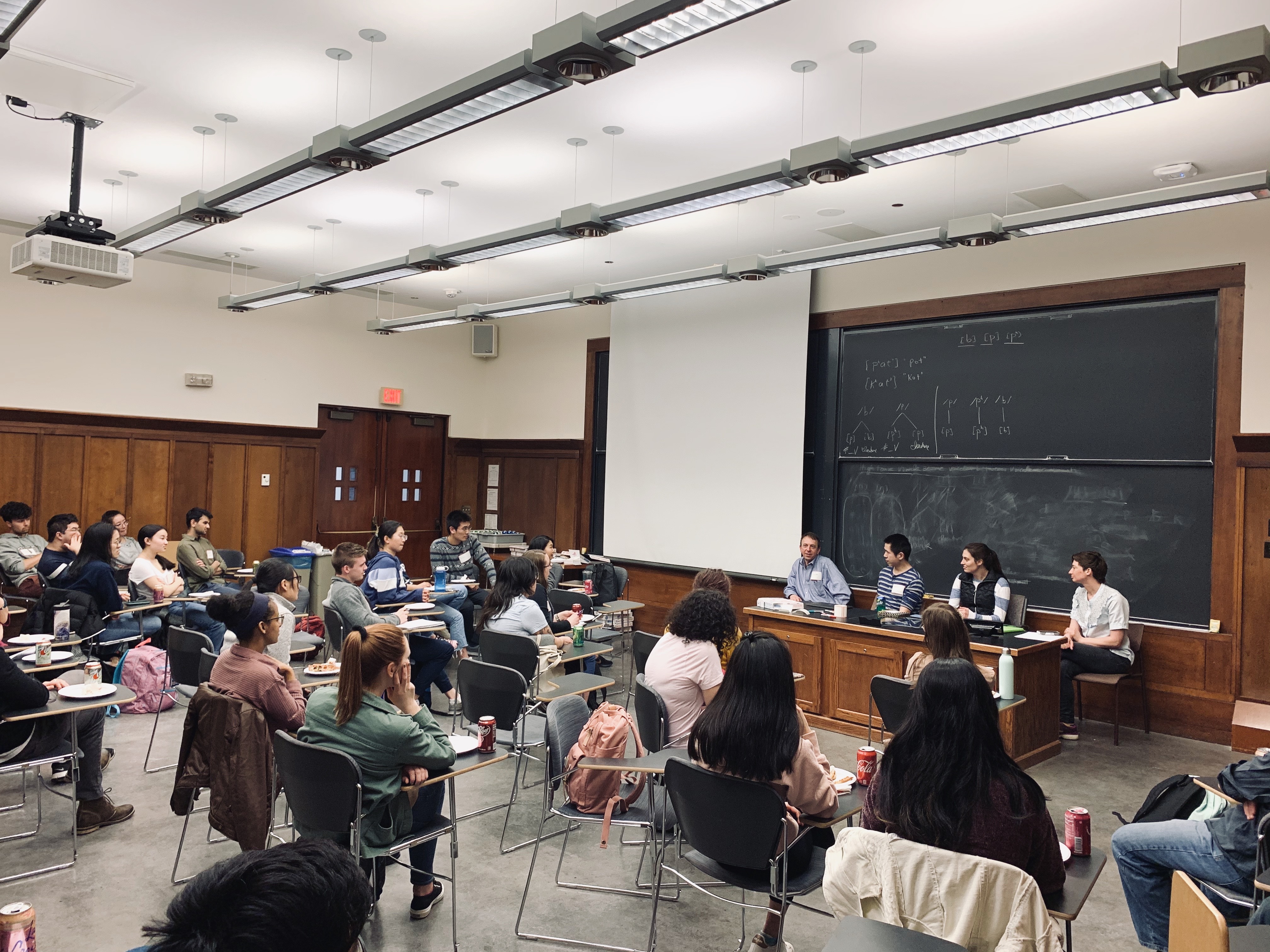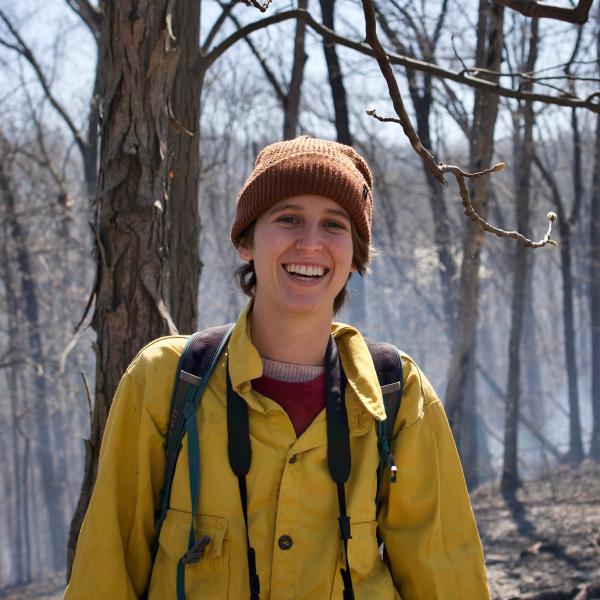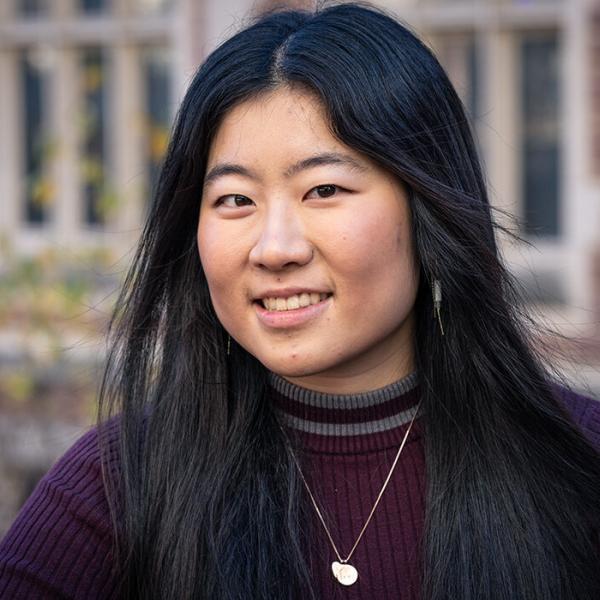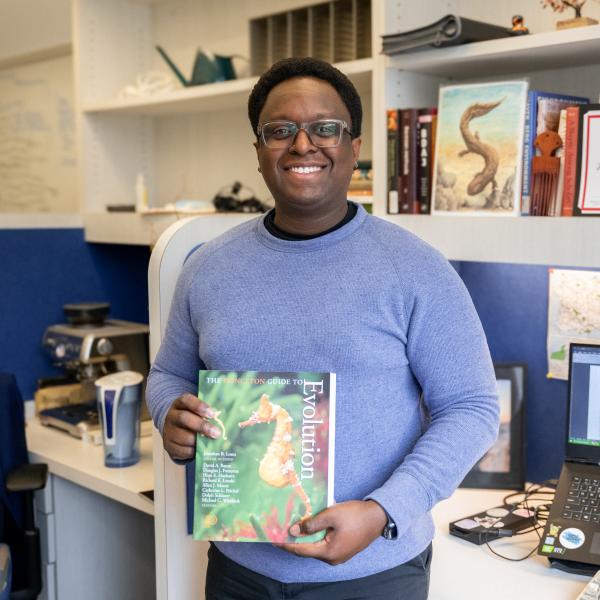March 4, 2020. 158 cases of coronavirus disease (COVID-19) caused by severe acute respiratory syndrome coronavirus 2 (SARS-CoV-2) were reported in the US. While the West Coast was declaring a state of emergency, the East Coast was grappling with the news of its first cases. The number of infected individuals was still highest in China, which was finally beginning to see a decrease in the number of daily new infections.

Meanwhile, at Washington University in St. Louis, members of the Department of Biology came together to share their stories, feelings, and concerns surrounding the spread of SARS-CoV-2 as well as the spread of fear, racism, and xenophobia related to COVID-19 disease.
Participants shared stories about family in China who were under quarantine. Others pointed out how fear over coronavirus is affecting Chinese restaurants. One person debunked the implausible conspiracy theory that SARS-CoV-2 was released from a laboratory in Wuhan.
“The event gave people a chance to share what was on their minds about coronavirus and share personal anecdotes from family or friends here and abroad,” recalled Rachel Penczykowski, assistant professor of biology, who organized the event with five undergraduate students in her BIOL 4195 Disease Ecology class.
Hosted by the Biology Inclusion Committee, the popular event brought together over 50 members of the biology community – students, staff and faculty members.
“There was a general consensus that we deserve the facts of what is going on without information getting murky with conspiracy theories and racist remarks,” summarized Penczykowski.
“There was a general consensus that we deserve the facts of what is going on without information getting murky with conspiracy theories and racist remarks,” summarized Penczykowski.
The hard facts
The event had two parts: a 20-minute round table discussion followed by a Q&A with three guest panelists.
Participants wanted to know the hard facts about the biology of this disease.
Panelists Jennifer Flynn, Ph.D. student, and Xiaoyu Zhuo, postdoctoral researcher, who are working in the lab of Dr. Ting Wang in the Department of Genetics recently co-led a manuscript on the WashU Virus Genome Browser.
“The Virus Genome Browser is a tool that allows researchers to compare different strains of COVID-19 to SARS and other related viruses to look for clues about its evolutionary origin,” summarized Penczykowski.

Panelist Brad Stoner, associate professor of Sociocultural Anthropology and of Infectious Disease/Internal Medicine who works with the public health sector at the intersection of communities and public health responses, shared up-to-date epidemiological information.
But there is only so much he could say about the “R naught” of this virus – a value that indicates how contagious an infectious disease is.
“You need to have a decent estimate for the number of infected peopled. That is difficult if testing is limited and if we don't know how many people are infected but not showing symptoms,” Penczykowski recalled.
To add to the uncertainty, concerns were raised about the transparency of information when one or few government officials are the gatekeepers of all information being disseminated to the general public.
Social Implications
Participants were eager to participate in the event and expressed gratitude for having a space to express their thoughts surrounding COVID-19.
They discussed what the viral outbreak means for the community.
“This disease has the potential to impact everyone in the community, but that impact will not be the same for everyone. As always, we need to pay attention to the special needs of the most marginalized members of our community. For a disease like this, that means doing our best to protect older individuals and those with chronic health conditions,” said Bruce Carlson, associate professor of biology and chair of the Biology Inclusion Committee.
Participants also voiced concerns about the potential for stigma or racism against Asian students on campus and more broadly.
“It also means being mindful of misguided stigma and overt racism, listening to the experiences of those who are targeted by it, and doing what we can to actively fight against it,” continued Carlson.
“It also means being mindful of misguided stigma and overt racism, listening to the experiences of those who are targeted by it, and doing what we can to actively fight against it,” continued Carlson.
One way to fight against anti-Asian stigma and racism is for the university to denounce it.
They want “to hear the simple message proactively saying that Washington University administration supports our students and wants to remind the community that it is inappropriate to layer racial bias or stigma given what is happening,” summarized Penczykowski.




